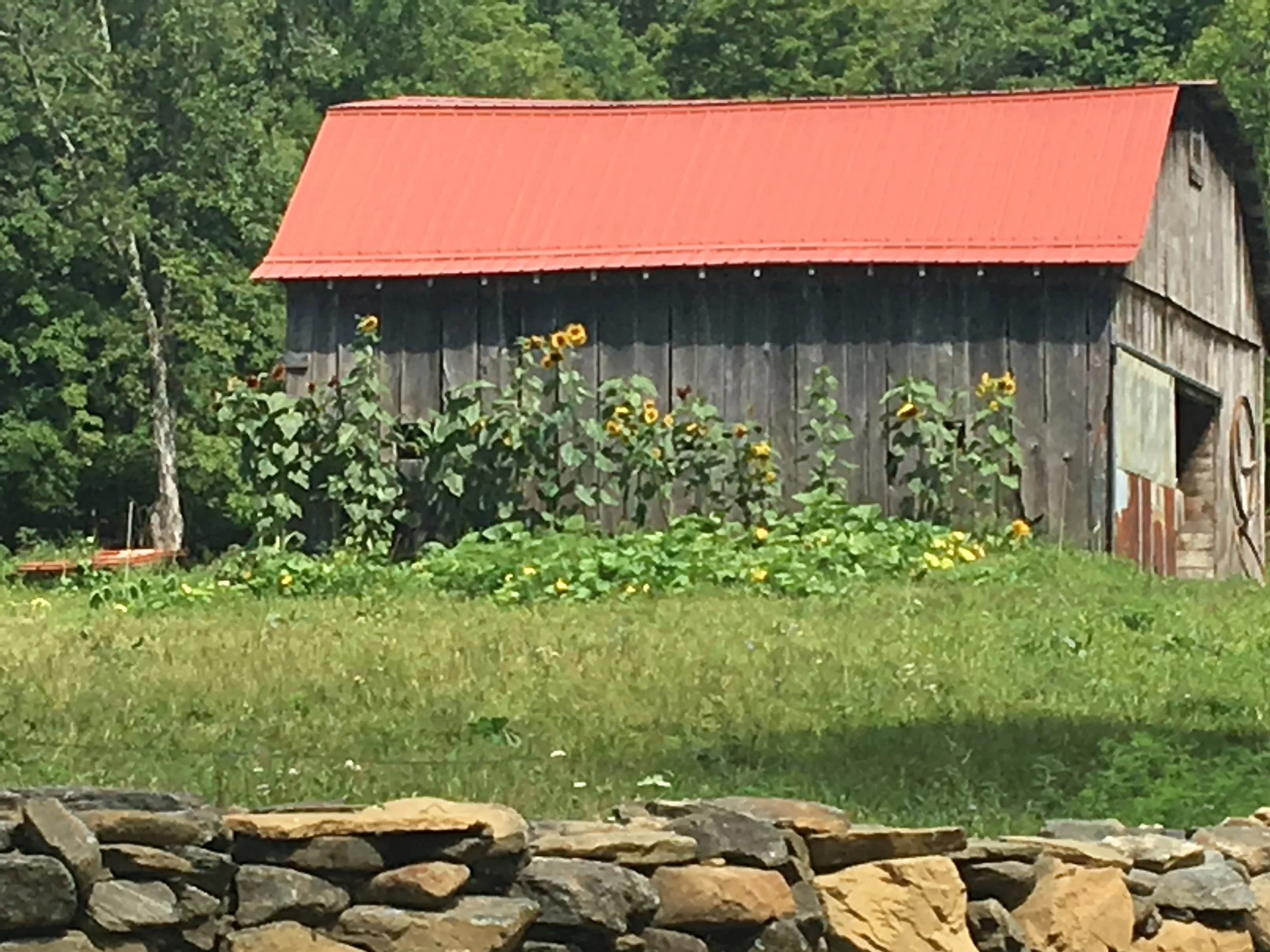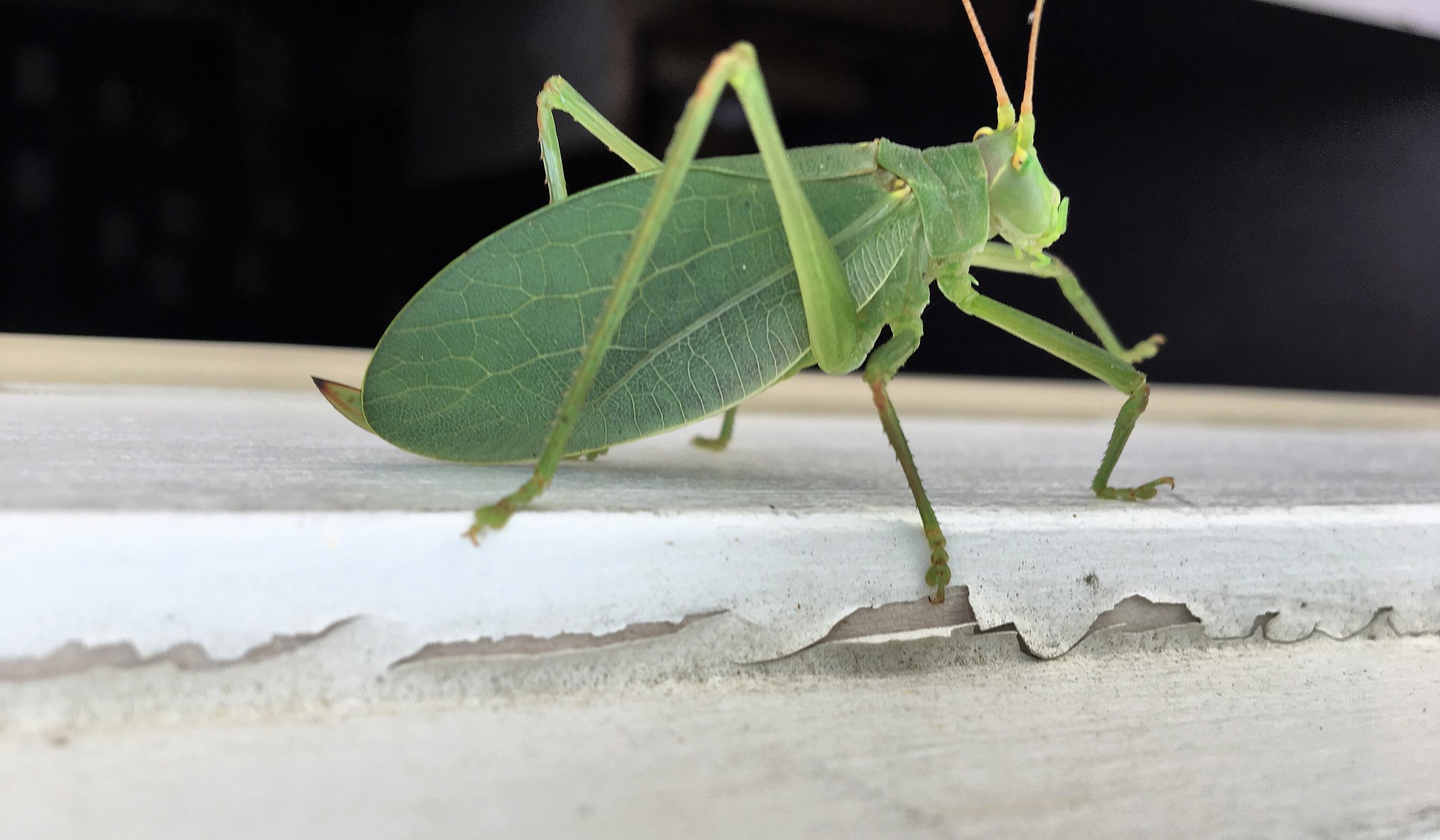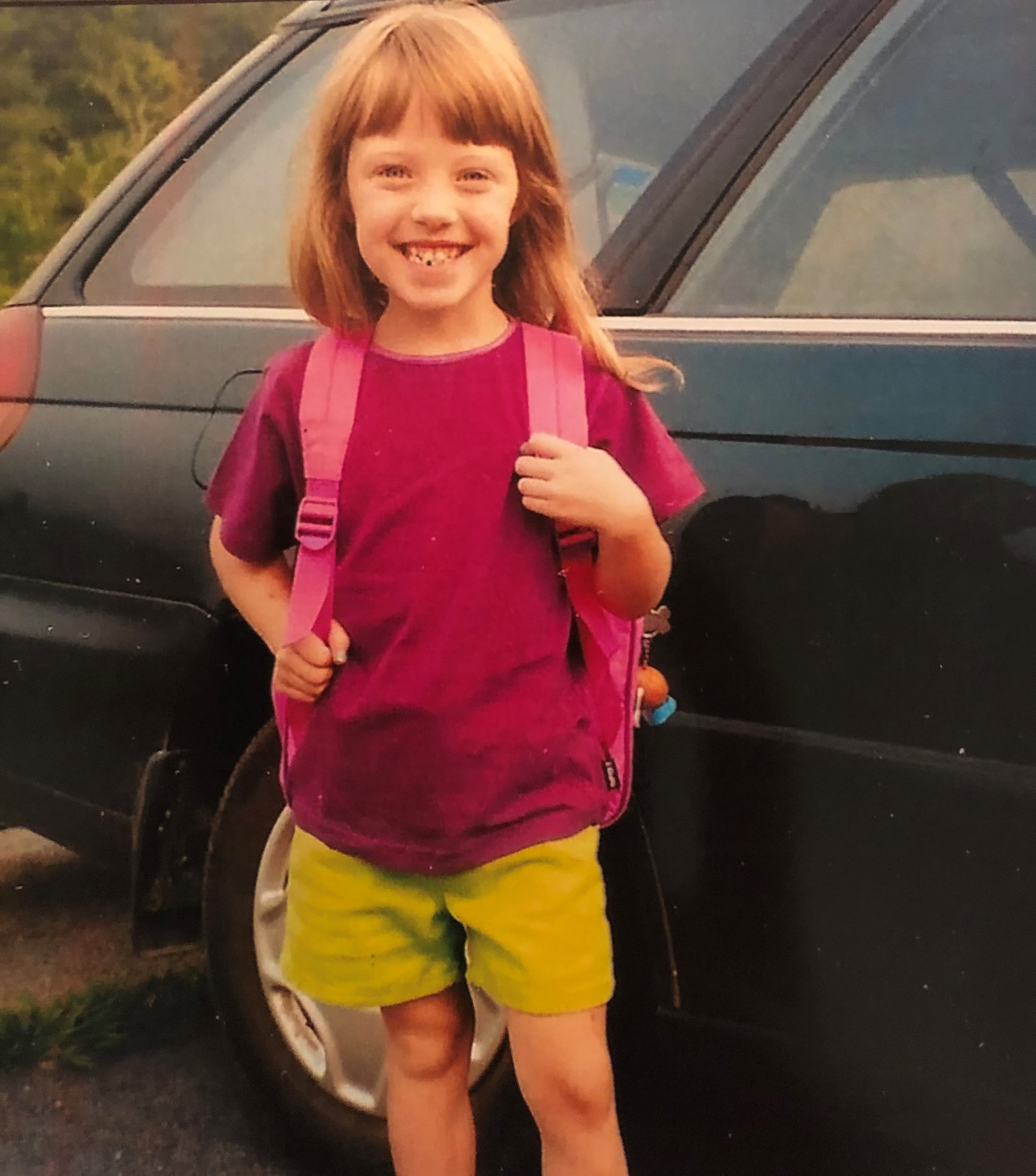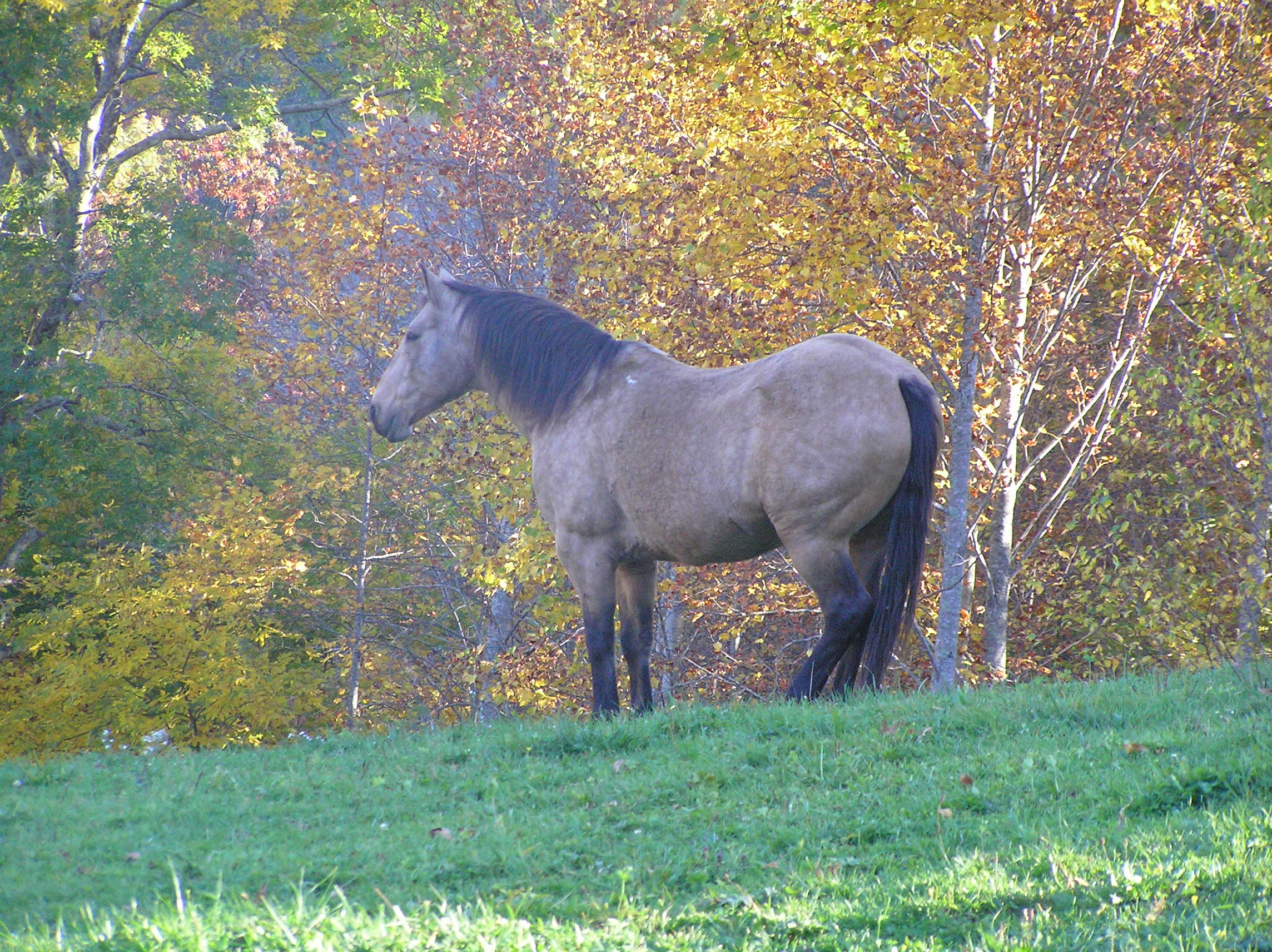By Betty Miller Conway
It’s the middle of August and like clockwork, the katydids have started to sing. Their repetitive, raspy chorus echoes through the valley. Accompanied by the hum of the crickets, they provide a late summer symphony as we sit on the porch in the cool evenings, watching the fireflies light up the sky. For me it is both a mesmerizing and lonely sound. It always makes my heart hurt a little to hear them announcing the end of summer and the transition into fall. My Aunt Margaret always says that once the katydids start to sing, there are only forty more days until frost.
That seems hard to believe, here in the middle of August on the farm. Summer is bursting out of her seams with beauty. The sunflowers by the barn are over ten feet tall as they bow their golden heads in the warm August sun. Black-eyed Susans, ironweed, and Queen Anne’s lace crowd the hillsides, turning even the most ordinary roadside into an impromptu flower garden. The green canopy of the trees is still lush and full. The dahlias and zinnias in my neighbor’s garden look like blooming stars, exploding with deep reds and purples and yellows.
But if you pay attention, the subtle signs of impending fall are already present. The apples in our upper orchard are starting to fall. Our hens, spent from a frenetic egg laying season, spread out their wings and rest in the sun. The chicks from early spring are now pullets, gangly and awkward, as they peck along the fence rows on their own, no longer in need of their mothers’ constant care. The horses are content to stand lazily in the shade, stomping at flies. They are not aware that their coats are already getting slightly darker and thicker in anticipation of frosty nights and cold winds to come.
And before long, the yellow school buses will be creeping along our winding mountain roads. My friends will be sharing snapshots of their young children sporting backpacks and wide, excited smiles on the first day of school. Even though my own daughters are grown and out of the house, I remember with startling clarity our own photographs of those days, how as parents we experienced such a mix of emotion on those cool mornings—sad, excited, happy, and nervous all at once—as we hovered over them, fiddling with the buckles on their backpacks, wanting to prolong that moment just a little longer, take one more photograph to preserve the last golden moments of summer and youth.
Our youngest daughter left for college yesterday morning. In years past, we escorted her, our own family caravan hauling clothes, school supplies, and made-to-order bedding for her dorm room. Now that she is older, we are no longer required; instead her dad and I stood at the top of the driveway in our pajamas, waving sleepily as she drove away in her Ford Escape, tires crunching on the gravel. There was no time for photographs, but Walton and I lingered there, listening to the roosters’ crow, and we did not stop waving until she made it to the blacktop and disappeared around the first curve on Willett Miller Road.
There’s still a lot of summer left to enjoy. The sun is warm, and there are rivers to canoe, horses to ride, and plenty of time for picnics and long walks. But the refrain of katydids at night is a sign that summer’s motor is winding down. The profusion of summer blooms will be soon be replaced by the blaze of fall leaves. It will be time to make cider, harvest the pumpkins, and bring out the winter jackets and boots. In just a blink of the eye, our daughters will be driving up the driveway, hungry for Thanksgiving turkey and pumpkin pie.
In the meantime, the katydids keep us company in the coolness of the firefly-lit evenings. Their rhythmic chorus ticks out across the valley, reminding us that nature’s clock is always running—and that if there really are only forty more days until frost, we’d better make the most of every precious one.





